A Look at the Ten Newest AI Technologies and Their Effects on Different Societal Sectors
Artificial intelligence has completely changed how we live and is now a crucial component of every sector. Since the phrase “artificial intelligence” was first used in 1956 and with the aid of the internet, it has advanced rapidly. Initially a stand-alone technology, AI is today used in a wide range of fields and has a significant impact on all aspects of life Newest AI Technologies.
The technique of imitating human intelligence in robots is known as AI, or artificial intelligence. Everyone is racing to deploy AI for operational excellence and data mining, from little businesses to enormous corporations. The 10 most recent AI innovations will be covered in this article along with their effects on many facets of society.
Latest Artificial Intelligence Technologies
-
Natural language generation (NLG)
Natural language generation (NLG) is one of the most intriguing technologies I have encountered in my work as an AI expert. The goal of NLG is to automatically write natural language text that is identical to what a human might produce using artificial intelligence. NLG can be used to automatically write reports, news stories, product descriptions, and more. It has a wide range of uses. It functions by collecting structured data and turning it into understandable, natural language writing. The way we engage with machines and speak with one another could be completely transformed by this technology.
The ability of NLG to automate the creation of written content is one of its most important advantages. For businesses that produce a lot of text-based material, this can save time and money. Additionally, it enables businesses to deliver individualized information to clients at scale, which raises customer satisfaction and engagement. The capacity of NLG to produce content in several languages, which is crucial for international organizations, is another advantage. These businesses can benefit from NLG’s assistance in overcoming language obstacles and engaging clients in their native tongue.
NLG is a revolutionary technology that has the power to completely change the way humans interact with machines. Its capacity to automate the creation of natural language content can help enterprises save time and costs while enhancing consumer engagement and satisfaction. Future NLG technology advancements should lead to the emergence of even more fascinating applications.
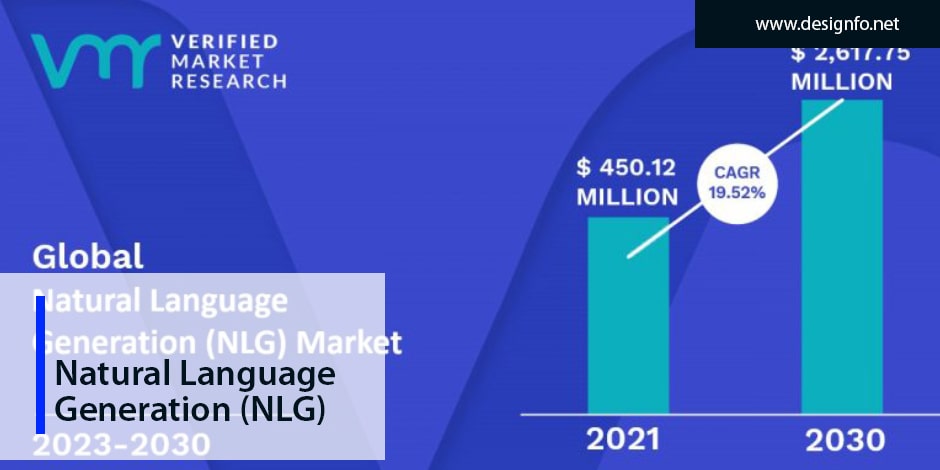
-
Speech Recognition AI (NLG)
Artificial intelligence is used in speech recognition technologies to decipher and comprehend spoken words. Since its origin, it has advanced significantly, and it is now frequently utilized in many different applications, such as virtual assistants, call centers, and transcribing services.
Speech recognition functions by dividing spoken language into smaller chunks that the machine can comprehend. In order to enable the system to comprehend the meaning of the spoken words, these components are then examined for patterns and converted into text. Speech recognition makes it possible to communicate with devices without using your hands, which is one of its main advantages. People can now interact with their devices without having to use a keyboard, which is especially useful for those who have eyesight or movement issues.
The way we communicate with virtual assistants is also changing as a result of speech recognition. Speech recognition enables virtual assistants to comprehend natural language requests and provide the appropriate response, improving the interaction’s intuitiveness and naturalness. The use of speech recognition in call centers is another fascinating application. Calls can be automatically transcribed using speech recognition technology, freeing up agents to concentrate on the discussion rather than taking notes. Customers may receive quicker and more accurate service as a result.
Voice recognition is a potent tool that could revolutionize how we communicate with machines and one another. It is a crucial technology for many businesses due to its capacity to offer hands-free engagement, facilitate natural language conversations with virtual assistants, and increase call center productivity. Future developments in voice recognition technology are predicted to lead to even more intriguing uses.
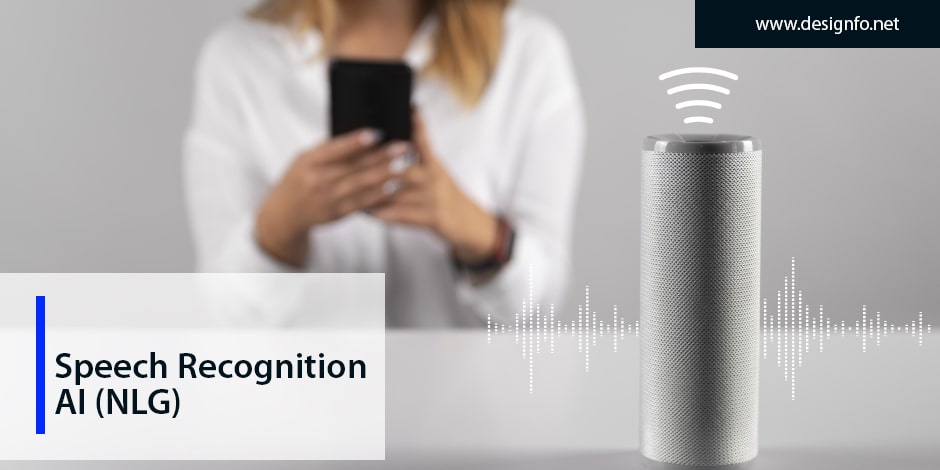
-
Online Agents
Virtual agents, often known as chatbots, are computer programs that mimic human users’ chats using artificial intelligence. Due to its capacity to deliver individualized and effective customer support, virtual agents have grown in popularity in recent years. They are a wonderful tool for automating customer assistance since they can be designed to comprehend questions spoken in natural language and reply appropriately.
The capacity of virtual agents to manage a lot of consumer enquiries at once is one of their main advantages. By doing this, businesses may increase response times and offer round-the-clock customer service without having to hire more employees. Companies can reduce their customer service expenses by using virtual agents. Companies can free up workers to work on more sophisticated duties, such resolving customer issues that need human participation, by automating routine enquiries.
The capacity of virtual agents to gain knowledge from their interactions with clients is another advantage. Virtual assistants can become smarter and offer more precise and individualized responses as they have more chats. Customer satisfaction can rise as a result, which can assist to improve the whole customer experience.
Virtual agents are an effective resource for businesses wishing to offer individualized and effective customer service. They are a crucial piece of technology for companies across a variety of industries because to their capacity to manage a high number of enquiries concurrently, cut expenses, and get better over time through machine learning. We may anticipate seeing many more intriguing applications of virtual agents in the future as technology advances.
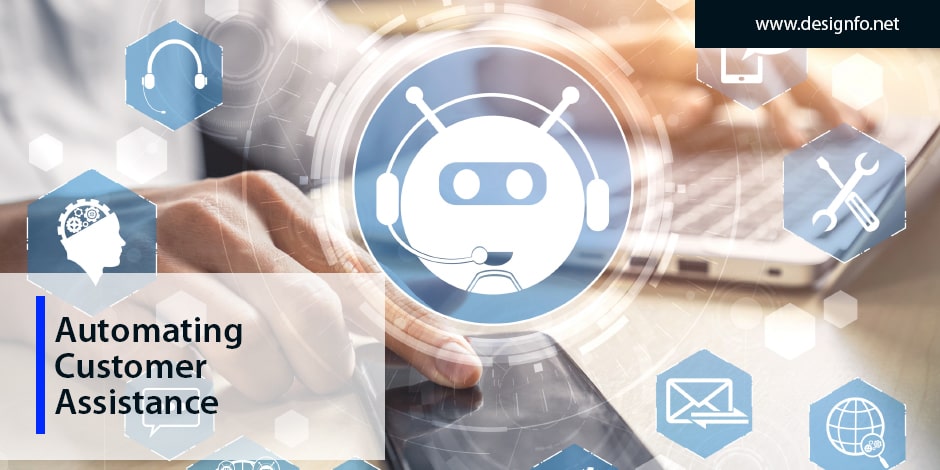
-
Managed Decision Making
The process of applying artificial intelligence to assist enterprises in making smarter, more informed decisions is known as decision management. Organizations can use decision management to make decisions that are informed by facts rather than depending on gut instinct or educated guesses. This may result in better outcomes and enhanced performance across the board for the company, including in the areas of operations, sales, and marketing.
Large-scale data analysis is used in decision management to find patterns and trends. Organizations can use this study to better understand their customers, spot opportunities for development, and streamline processes for maximum effectiveness. The ability of decision management to automate decision-making processes is one of its main advantages. This can help organizations save time and money while ensuring that decisions are made consistently and impartially.
Organizations can recognize possible risks and take steps to reduce them with the aid of decision management. Organizations can take proactive steps to mitigate these risks before they become a problem by evaluating data and spotting possible problems. The ability of decision management to offer real-time insights is another advantage. This can assist firms in making quick decisions and adapting to changes in their environment.
For firms trying to make smarter, data-driven decisions, decision management is a potent tool. It is a crucial piece of technology for organizations across a range of industries due to its capacity to automate decision-making procedures, identify and reduce risks, and offer real-time insights. Future developments in decision management technologies should bring about even more fascinating uses.
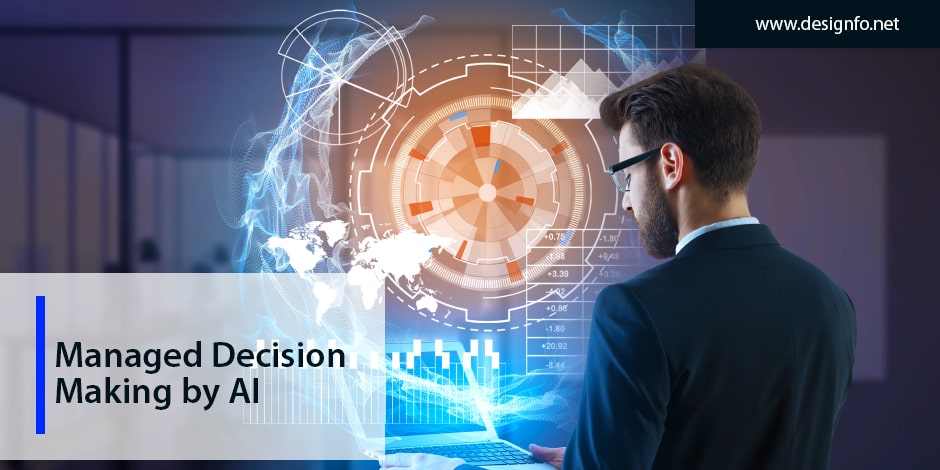
-
Biometrics
Biometric technologies have been around for a while, but recent developments in AI have made them more accurate, dependable, and accessible than ever before. Biometrics is the process of using artificial intelligence to identify and authenticate individuals based on their distinctive physical or behavioral characteristics. They have evolved into a crucial tool for many different purposes, including as security, access control, and authentication.
Strong, dependable security is one of the main advantages of using biometrics. Biometric technologies can prevent unwanted access and lower the risk of fraud and identity theft by leveraging distinctive physical or behavioral characteristics to identify people.
In comparison to conventional authentication techniques, biometric technologies are also more practical and user-friendly. Users can easily use their biometric traits, such as fingerprints or face recognition, to verify themselves instead of learning complex passwords or carrying physical keys. The versatility of biometrics is another advantage. They can be used for a variety of purposes, including criminal identification in law enforcement, patient identification in healthcare, and access control to secure devices or facilities.
Additionally, biometric technology keeps getting better. Biometric systems can learn and adapt to new patterns and characteristics with the aid of machine learning algorithms, improving accuracy and decreasing false positives. Their adaptability, convenience, and capacity for continuous improvement make them an essential technology for a variety of industries and applications. Future developments in biometric technology should bring about much more fascinating uses.
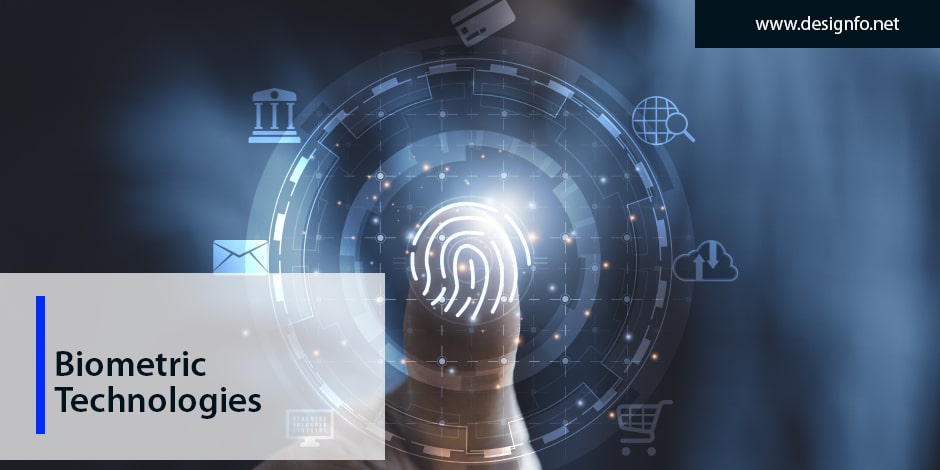
-
Computer Learning
A form of artificial intelligence called machine learning enables computers to learn from experience and develop without having to be explicitly programmed. Machine learning algorithms are made to find patterns in data and anticipate outcomes. Predictive analytics, natural language processing, and picture identification are just a few of the many uses for this technology.
The capacity of machine learning to get better over time is one of its main advantages. Machine learning algorithms may find patterns by examining enormous volumes of data, and with each repetition, they get more accurate and reliable. This may result in better insights, more precise predictions, and better decision-making.
The potential of machine learning to automate difficult jobs is another advantage. Machine learning algorithms are a crucial tool for automating numerous operations in sectors like finance, healthcare, and logistics since they can handle enormous amounts of data much faster and more correctly than people.
The way we engage with technology is also changing as a result of machine learning. Virtual assistants and chatbots can respond to queries with more personalized and intelligent responses with the aid of machine learning algorithms, improving the intuitiveness and naturalness of technological interactions.
Machine learning is also making it possible to create new technologies and applications that were previously impractical. For instance, self-driving cars use machine learning algorithms to process enormous amounts of sensor data and make decisions based on that data. Machine learning is a crucial technology for many different industries and applications because it can automate complex tasks, get better over time, and change how we interact with technology. Future developments in machine learning technology should bring about even more fascinating uses.
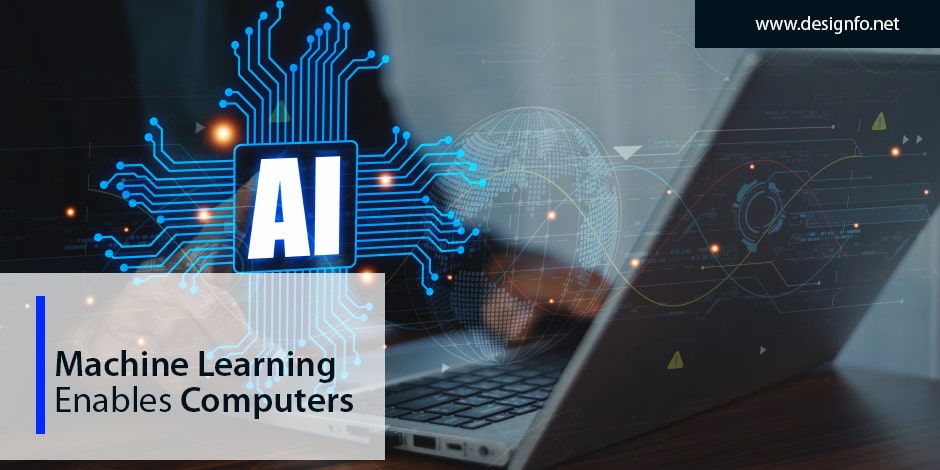
-
Automating Process Robotically
Robotic process automation (RPA) is the use of software robots to automate monotonous and time-consuming processes, like data entry and report production. RPA robots are made to carry out tasks that are traditionally completed by humans, but more quickly, more accurately, and more effectively. They can be programmed to carry out a variety of jobs, from straightforward data entry to intricate financial analysis.
The potential of RPA to save time and money is one of its main advantages. RPA can free up people to concentrate on more complicated and useful duties by automating repetitive operations. This may result in more production and better financial results.
Additionally, RPA can aid in enhancing work consistency and accuracy. RPA robots don’t make mistakes or grow fatigued as humans do, which can result in more accurate and reliable output. This can be especially helpful in fields like healthcare, where mistakes can have major repercussions. RPA also has the advantage of operating around the clock. RPA robots can work continuously, enhancing an organization’s speed and efficiency while cutting expenses.
To produce even more potent automation solutions, RPA is easily integrable with other technologies like artificial intelligence and machine learning. Powerful technology like RPA has the potential to revolutionize the way we do our jobs. It is a crucial technology for many different sectors and applications due to its capacity to save time and money, enhance accuracy and consistency, and operate continuously. Future developments in RPA technology should bring about much more fascinating uses.
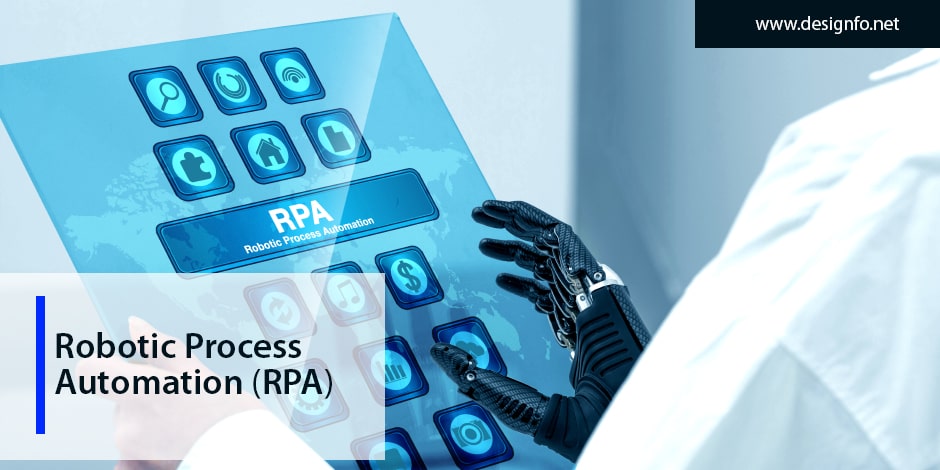
-
Network of peers
Peer-to-peer (P2P) networks are a type of network that do not require a centralized server to enable resource sharing and direct communication between machines. Applications for P2P networks include communications, content delivery, and file sharing. Artificial intelligence can help P2P networks become even more robust, effective, and secure.
The capacity of P2P networks to divide workload and resources across numerous devices is one of its main advantages. This can increase productivity and lighten the load on individual devices, resulting in better performance and dependability. P2P networks also have the advantage of being able to offer a high level of confidentiality and anonymity. P2P networks can lower the danger of data breaches and unauthorized access by doing away with the requirement for a centralized server.
Artificial intelligence can be used to help P2P networks as well. P2P networks can optimize resource allocation, increase network effectiveness, and improve security with the use of AI algorithms.
AI algorithms, for instance, can be used to enhance the dissemination of material in P2P networks. AI algorithms can find the best peers to download information from by examining user behavior and preferences, which lessens the load on individual peers and increases download speeds. AI algorithms can also be used to enhance P2P network security. AI algorithms are capable of identifying and thwarting possible security risks like malware and DDoS attacks by studying network activity and spotting odd behavior.
Artificial intelligence can be used to enhance P2P networks, which are a strong and adaptable technology. They are a necessary technology for many different industries and applications due to their capacity to share resources and burden, offer security and privacy, and increase productivity. Future developments in P2P technology should bring about even more fascinating uses.
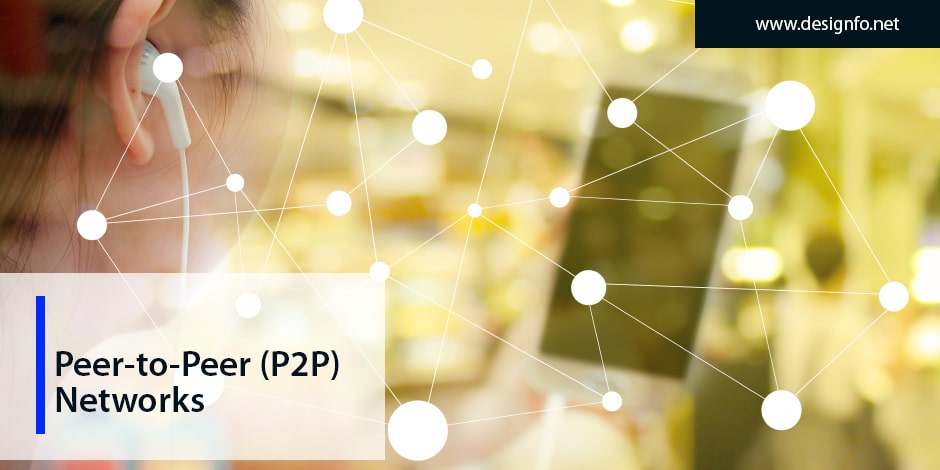
-
Platforms for Deep Learning
Applications for deep learning systems include natural language processing, predictive analytics, and picture and audio recognition. Organizations may improve decision-making and acquire useful insights from massive amounts of data with the aid of deep learning platforms. Deep learning platforms’ capacity to analyze enormous volumes of data and find patterns that might not be obvious to the human eye is one of its main advantages. Insights regarding customers, rivals, and market trends can be gained by businesses in this way, which can improve performance and decision-making.
The potential of deep learning platforms to automate complicated operations is another advantage. Deep learning algorithms are a crucial component of predictive analytics and machine learning because they can process enormous volumes of data and generate predictions or suggestions based on that data.
Additionally, deep learning technologies are becoming more readily available to businesses of all sizes. For businesses wishing to use AI without spending money on pricey gear or software, cloud-based deep learning platforms, for instance, offer a practical and scalable alternative. Platforms for deep learning are constantly getting better. Deep learning platforms may learn and adapt to new patterns and characteristics with the use of machine learning algorithms, improving accuracy and decreasing false positives.
They are a crucial piece of technology for companies wanting to acquire a competitive edge due to their capacity for large-scale data analysis, the automation of difficult jobs, and constant improvement. Future developments in deep learning technology should bring about even more fascinating uses.
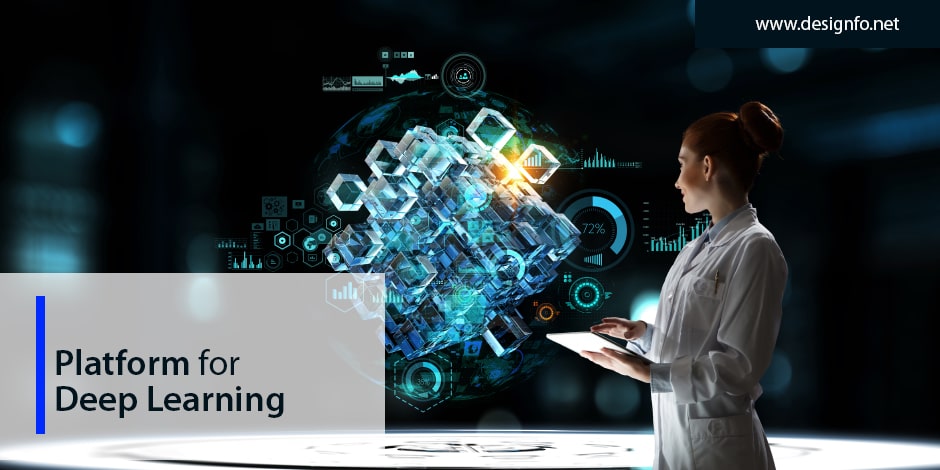
-
Optimized Hardware for AI
AI-optimized hardware includes a variety of hardware types, including graphics processing units (GPUs), field-programmable gate arrays (FPGAs), and application-specific integrated circuits (ASICs). AI-optimized hardware is specifically designed for artificial intelligence workloads and has features that can accelerate and optimize AI computations. These hardware innovations are crucial for high-performance AI applications because they can increase performance, decrease latency, and consume less power.
Hardware that is AI-optimized can speed up AI computations, which is one of its main advantages. The parallel compute capabilities of GPUs, for instance, can shorten training and inference durations for AI. For large-scale machine learning models that need a lot of data and compute, this can be especially helpful.
Hardware that has been optimized for AI also has the capacity to lower latency. FPGAs, for instance, can carry out computations in real-time, which makes them an indispensable tool for low-latency applications like robotics and autonomous cars.
Hardware that has been AI-optimized can also consume less power, which improves its efficiency and sustainability. For instance, ASICs are perfect for edge computing applications since they are built to carry out particular AI computations with low power consumption. Hardware with AI optimization can open up new AI applications that were previously impractical. For instance, it is possible to create artificial intelligence (AI) systems that can carry out difficult tasks more effectively and precisely by using neuromorphic computing, which is modeled after the architecture of the human brain.
Hardware that has been AI-optimized is a potent and cutting-edge technology that can speed up AI computations, lower latency, and use less power. It is a crucial piece of technology for companies and organizations wanting to acquire a competitive edge due to its capacity to enable new AI applications and enhance performance. Future developments in AI-optimized hardware technology should lead to the emergence of even more fascinating applications.
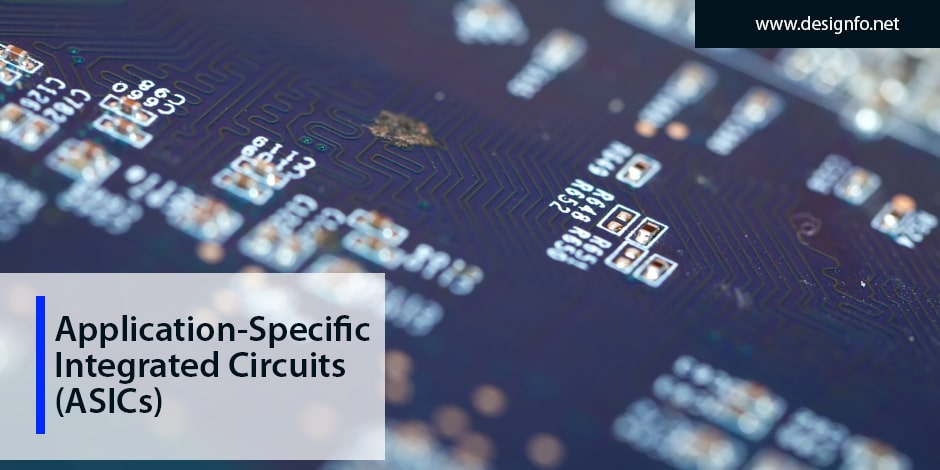
Summary Highlights
With its potential to increase productivity, accuracy, and decision-making, artificial intelligence (AI) has emerged as a crucial technology for a wide range of fields and applications.
Natural language generation (NLG), which produces individualized and effective responses, is revolutionizing how we interact with technology.
Since speech recognition technology has advanced significantly in recent years, it is now a necessary tool for many applications, including voice-activated gadgets and virtual assistants.
Virtual agents, often known as chatbots, are revolutionizing the way we approach customer service by offering round-the-clock assistance and individualized responses.
Organizations are able to make smarter, data-driven decisions thanks to decision management, which enhances results and performance.
Strong security and user-friendly authentication can be provided through biometrics, which can be continuously improved through machine learning.
RPA is revolutionizing the way we operate since it can speed up processes, cut costs, and increase consistency and accuracy.
Peer-to-peer (P2P) networks offer a wide range of uses, such as content distribution and file sharing, and they can boost productivity, security, and privacy.
Deep learning platforms are crucial for extracting insightful information from massive volumes of data, automating difficult operations, and enhancing accuracy over time.
New AI applications are made possible by AL-optimized hardware, which is made expressly for AI workloads. It can speed up computations, cut down on latency, and use less power.

Designfo India is a leading website design and development company in Bhadreswar, West Bengal, India. Our all-professional departments are proud to be the keystone of the IT Industry not only in India but also USA, Canada & rest of the World.
Designfo India has been providing complete Digital Marketing, Web Development, and Graphics solutions since the Year 2007. We offer a wide range of web solutions that are affordable for your business. Our relationship with each client is based on trust, mutual respect, and growth.
